Our Favorite Hotels in Nagoya
• Luxury: The Tower
• 3-Star: Lamp Light Books
• Boutique: GOLD STAY
• For Couples: Guesthouse Mado
• Near Station: Vessel
• Downtown: The Tower
• For Families: LEGOLAND
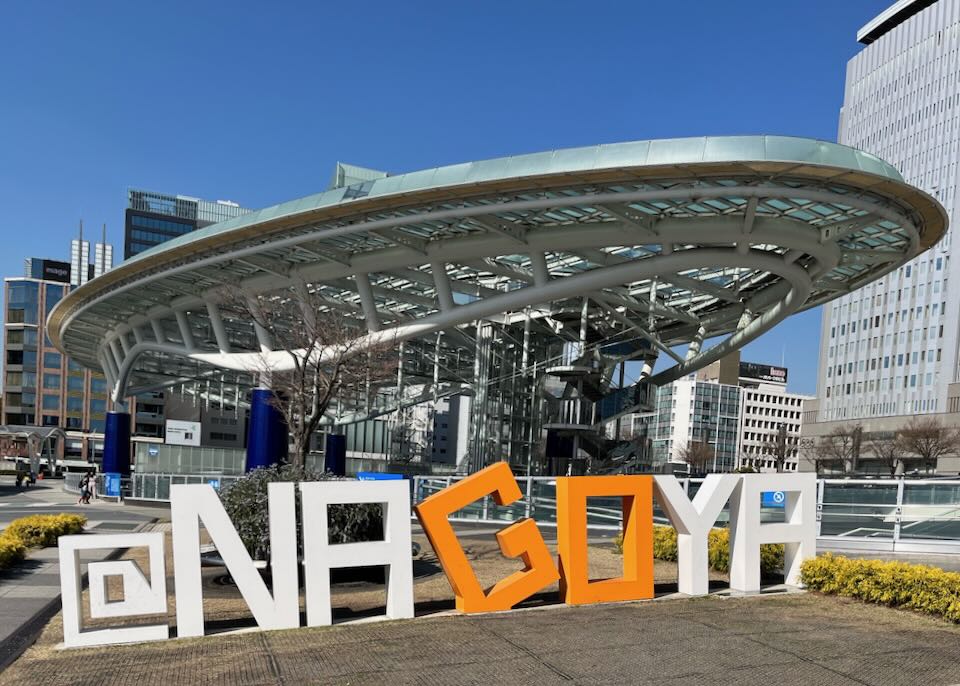
Spaceship-Aqua at Oasis 21 complex, including an outdoor park, underground shopping, and bus terminal.
The Best Areas to Stay in Nagoya
Nagoya has long shed its industrial image to become one of Japan’s most attractive urban centers, with a flourishing arts and cultural scene, numerous historical sights, and a renowned culinary heritage. Located in the heart of Honshu Island, it’s the fourth largest city in Japan and the largest in the Chūbu region. It’s also the capital of Aichi Prefecture, perched at the northern end of Ise Bay on the Pacific coast.
The city got its start when Shogun Tokugawa Ieyasu made Nagoya a provincial capital in 1610 and started building its gargantuan castle (the city retained close links with the Tokugawa family right up to the 20th century). Nagoya eventually became a major manufacturing hub and was heavily bombed in World War II as a result.
Today, the region remains an important industrial hub – Toyota and Mitsubishi Aircraft are still based in the region – but the city is studded with parks, modern malls, and shiny skyscrapers. The city will host the Asian Games in 2026.
Nagoya Neighborhoods
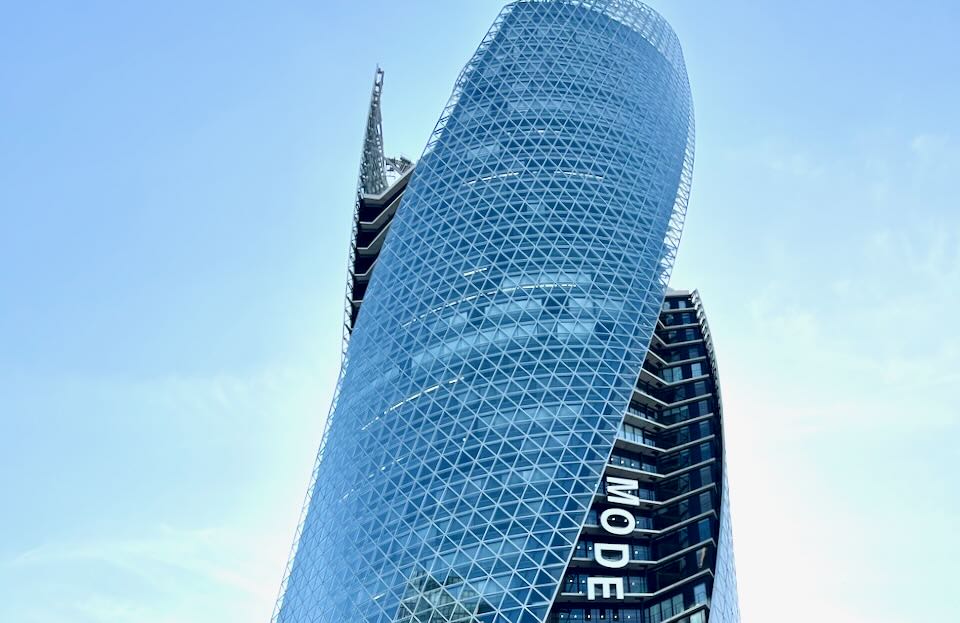
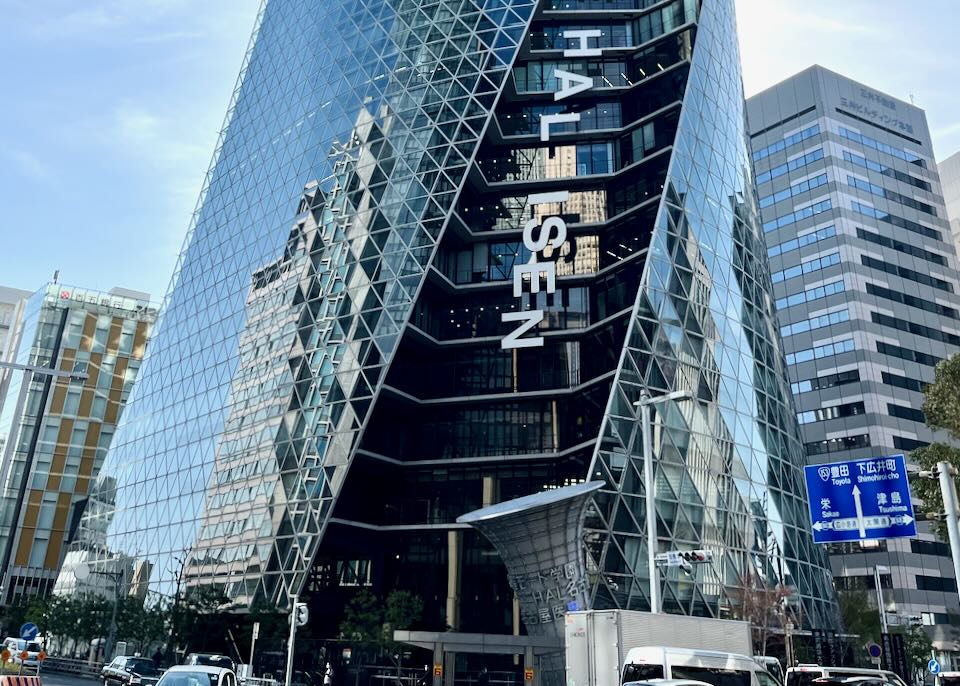
The 36-story Mode Gakuen Spiral Towers in the Nagoya Station area are home to three vocational schools.
Your main decision will be whether to stay near Nagoya’s main train station – convenient for transport but lacking character – or to venture into one of the city’s more intriguing neighborhoods.
The Nagoya Station Area (known as Meieki) does offer a vast array of accommodations, conveniently located near the city’s major transportation hub (and bullet train). It’s become a commercial center in its own right in recent decades, with the city’s tallest skyscrapers (including the Sky Promenade observation deck), shopping malls, and some interesting industrial heritage sites within walking distance: Noritake Garden and the Toyota Museum.
The Hori River in Fushimi.
Downtown Nagoya (Fushimi and Sakae) is the more traditional heart of the city, anchored by the green strip of Hisaya Odori Park and Nagoya TV Tower (officially “Chubu Electric Power MIRAI TOWER”). There’s also the futuristic Oasis 21 complex, the Sky Boat Ferris wheel, and the Nagoya City Science Museum. To the north lies Nagoya Castle, the city’s premier attraction.
Osu is Nagoya’s shopping district and hub for “otaku” culture, as well as Osu Kannon, one of the city’s most important Buddhist temples. Further south, way beyond the city center, Atsuta Shrine is one of Japan’s most revered Shinto temples. Tranquil Arimatsu offers a taste of pre-modern Japan with its traditional wooden homes and buildings.
Tōgan-ji, a Buddhist temple with a giant Buddha statue.
Eastern Nagoya (Higashi) is vast with a rich history that includes numerous “Cultural Path” properties and house museums, the Tokugawa Art Museum, the Thai-influenced Kakuozan Nittaiji Temple, and Tōgan-ji, with its giant green Buddha statue. There’s also Higashiyama Zoo and Botanical Gardens, a popular family destination.
Finally, Nagoya’s industrial Port District features several new attractions for families: the Legoland Japan theme park, SCMaglev and Railway Park, and the massive Port of Nagoya Aquarium.
While it’s relatively easy to explore individual neighborhoods on foot, Nagoya is quite extensive, and the best way to get around is with the easy-to-use public transportation system. The subway is supplemented by local trains, and single trips rarely top ¥250 (US$1.80–2). A one-day ticket is ¥760 (or ¥870 with city buses included). You can also hail taxis in the street, though it’s best to have your destination written in Japanese (or to have roaming on your phone). As with most big cities in Japan, renting a car is not worth the hassle or expense – public transport is usually much faster, and driving here can be confusing for first-timers.
Safety in Nagoya
Like most of urban Japan, Nagoya is generally very safe, though the usual precautions should be taken at night.
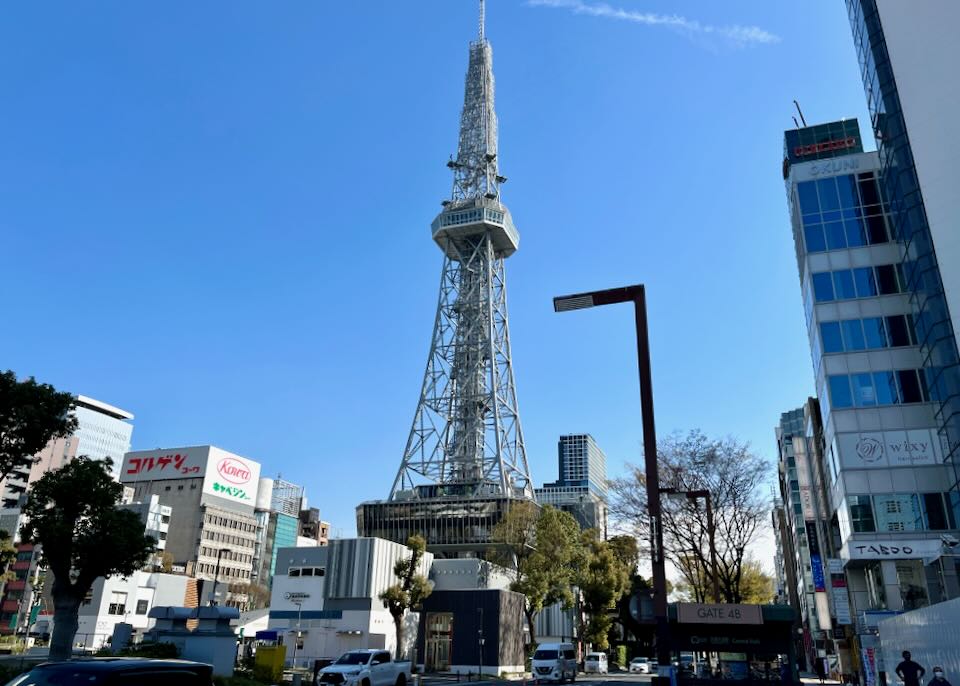
Stay inside the tower with views of the city at The Tower Hotel in Downtown Nagoya.
- Best Luxury Hotel in Nagoya
The Tower • Prince Sky Tower • Nikko Style- Best Boutique Hotels in Nagoya
GOLD STAY- Best Cheap/Midrange Hotels in Nagoya
Lamp Light Books • Vessel • androoms- Best Hostels in Nagoya
Glocal Backpackers • Guesthouse Yoruyonaka • Trip & SleepBest Places in Nagoya for…
- Best Neighborhoods to Stay for First Timers/Sightseeing: Nagoya Station Area (Meieki) or Downtown Nagoya (Fushimi & Sakae)
These areas have the best food and drink, convenient transportation, and the widest choice of luxury, boutique, mid-range, and cheap accommodations. In the Nagoya Station Area, you’ll likely be able to walk from your hotel to Nagoya station (Shinkansen) rather than take a taxi or subway, while Downtown offers better nightlife and iconic sights, like Nagoya TV Tower, Oasis 21, and the Nagoya City Science Museum, all within a few minutes. The Downtown Sakae station is also a little more central when it comes to exploring the city, but both areas are well-connected to public transport.- Most Romantic Neighborhoods: Arimatsu or Osu
Arimatsu is one of Nagoya’s most atmospheric neighborhoods and only a 25-minute express train ride from Nagoya Station. The main street is one of the most beautifully preserved in the country, lined with traditional Japanese wooden houses with carved roof tiles and white-painted facades – most of them are well over 100 years old. You can also visit the local museum to learn about the area’s famed “Shibori” tie-dyeing industry, peruse the local boutiques for souvenirs, and spend a few nights in the cozy Guesthouse Mado. There are also a handful of romantic places to eat: Yamato is a Japanese-style restaurant with a beautiful indoor garden, and Jugemu Chaya offers handmade udon and soba noodles.Osu Kannon, one of the city’s most important Buddhist temples.
If you prefer more of an urban environment, consider the Osu neighborhood, Nagoya’s premier shopping district. It’s also one of the best places in the city to sample Nagoya cuisine and street food and contains one of its most important Shinto shrines, the Osu Kannon. The hotels here tend to be less busy than those Downtown or near the station; GOLD STAY Nagoya Osu and Grand Base are enticing boutique hotel options.
- Best Neighborhood for Nightlife: Sakae (Downtown)
Sakae is the city’s premier nightlife district, especially on and around busy Mitsukura-dōri – Bar Barns, and the huge US-style Shooters Sports Bar & Grill are solid options. Near Hisaya Odori Park, there’s 59’s Sports Bar & Diner. Clubs include iD café, JB’S, Orca, Club Quattro (for live bands), and over near Shin-Sakaemachi Station, the best of all, Club Mago. Bars fill up after work, but if you want to visit a club, don’t go before midnight – most locals turn up around 1 a.m.- Best Neighborhoods for Food and Restaurants: Sakae and Osu
Nagoya cuisine (“Nagoya meshi”) is quite famous in Japan, with a roster of delicious and distinctive dishes that are hard to get anywhere else. Good places to eat are sprinkled all over the city, but for the best concentration, it’s hard to beat Sakae (Downtown) and neighboring Osu. An excellent place to start snacking in Sakae is the underground food courts at Matsuzakaya department store on Hisaya Odori. It is crammed with Japanese restaurants, bakeries, sushi takeaways and delis. Look out for local favorites such as “ebi senbei,” shrimp rice crackers (Bankaku and Keishindo are high-quality local brands), and “oni manju,” sweet potato-topped steamed buns. For the local eel dish known as “hitsumabushi” (grilled freshwater eel with a sweet soy-based sauce over rice), visit Unaharu or Unagi no Shiromura restaurants. And “miso stewed udon” (noodles in miso-based soup topped with fish cake or chicken with egg) was pioneered by the local chain Unaharu or Yamamotoya over 90 years ago. Many dishes in Nagoya are served with local specialty “red miso” (fermented soybean paste).Yamachan, restaurant chain famed for its “tebasaki” chicken wings.
Go to a branch of Misokatsu Yabaton (look for a sign with a pig in a red sumo belt) for delicious miso katsu (deep-fried pork cutlet smothered in miso sauce). Other popular spots include Maruha Shokudo for fried prawns and seafood, the Yamachan chain for “tebasaki” chicken wings, and Ryotei Kawabun for a posher sit-down meal. This traditional Japanese restaurant claims to have been founded over 400 years ago.
Komeda’s Coffee in Fushimi
Finally, head to Komeda’s Coffee, a local chain, which serves “Nagoya Morning Service” for breakfast: a slice of toast and boiled egg (with other combinations) for the price of a coffee (or “ogura toast” with sweet red bean paste, another local favorite).
Tappy Korean food stall in the Osu Shopping District.
In Osu, it’s all about street food in the Osu Shopping District. At Kushikatsu Tanaka Osukannon sample “miso kushi katsu,” a deep-fried pork cutlet in miso sauce on a stick. At Mukashi no Yabaton, try “miso stewed udon.” At Tenmusu Senjutenmusu, try rice balls filled with shrimp (you get five balls per serving.) Lee’s Taiwan Kitchen knocks out excellent “karaage” (deep-fried chicken). Osu is also the city’s best place to enjoy bubble tea, with numerous stalls in the main shopping district (like Ding Tea).
- Best Neighborhood for Shopping: Osu Shopping District
Osu covered shopping district.
Plenty of giant malls are in and around Nagoya Station and Sakae, but the Osu Shopping District is the most fun. The primarily covered area on Banshoji-dori and Niomon Dori streets has everything from electronics, anime, J-pop, and manga to vintage clothing stores and popular Japanese fashion brands (as well as the best street food in the city). As a result, it tends to get incredibly busy on the weekends. Try to visit Monday through Friday, during the day, to avoid the crowds. Within walking distance is PARCO, a massive 11-floor shopping mall home to major brands such as Muji, Marc Jacobs, and Anna Sui, as well as numerous Japanese fashion boutiques.
- Best Neighborhoods for Families: Sakae and Port District
Sakae is convenient and centrally located, with plenty of accommodations and things to do, but it pays to get a hotel close to Hisaya Odori Park. The green strip that runs north–south through the middle of the district has plenty of space for picnics and games. It’s become a local family-favorite hang-out on the weekends, with some good places to eat and drink, especially near Nagoya TV Tower. On the other side of the neighborhood is the Nagoya City Science Museum with its massive planetarium, and to the north, Nagoya Castle, the city’s top attraction. For a fun day out, consider a trip to the Port District, where the Port of Nagoya Aquarium, SCMaglev and Railway Park, and Legoland Japan are usually big hits with kids. You can extend the experience by staying at LEGOLAND Japan Hotel.
The 7 Best Neighborhoods in Nagoya for Tourists
1. Nagoya Station Area (Meieki)
A street mural in Meieki.
Nagoya Station is vast and initially confusing, but be patient; you’ll figure it out eventually (the English signage is pretty good). The station is a massive transport hub and conveniently is also served by the Shinkansen (bullet train) from Tokyo (1hr 40min), Kyoto (35min), and beyond.
The area around the station (officially known as “Meieki”) is a busy commercial hub peppered with skyscrapers and a vast array of accommodations. There are plenty of places to eat and a small nightlife area just east of the station (plus Yanagibashi Central Market, known for its early morning fresh fish stalls).
On top of the station is the massive JR Central Towers complex containing the Takashimaya department store and the Marriott Hotel. Midland Square opposite (a skyscraper, not a plaza) is Toyota’s sales headquarters and boasts Japan’s highest open-air observation deck at 810ft (247m), open to the public as the Sky Promenade. Another tall building is Mode Gakuen Spiral Towers at 558ft (170m), with its distinctive corkscrew design, completed in 2008, symbolizing the city’s renaissance.
Some of the city’s top industrial heritage sites are within walking distance of the station. Celebrated tableware manufacturer Noritake created the small but tranquil Noritake Garden in 2001 out of its old brick and porcelain factory, with a welcome center promoting the company’s history, a gallery for local artworks, and a craft museum displaying some of its best pottery.
Robots assembling a car at Toyota Commemorative Museum of Industry & Technology.
It’s worth visiting the giant Toyota Commemorative Museum of Industry & Technology in the original Toyota Motors factory, even if you’re not a motor enthusiast. Kids will enjoy “Technoland” and the two large halls full of giant whirring machines and high-tech robots, showcasing Toyota’s textiles and automobile businesses and details about the company founder, Sakichi Toyoda, and his son, Kiichiro Toyoda.
Shikemichi Street is a short walk east of the station and provides a glimpse of old Nagoya; its 18th-century wooden buildings near the Hori River once formed the city’s merchant quarter. The small but atmospheric Sengen Shrine has been here since 1647. Nearby Endoji Shotengai Shopping Street (one of the city’s many covered streets or “shotengai”) isn’t as fun as Osu and has seen better days, but it still has interesting shops and restaurants.
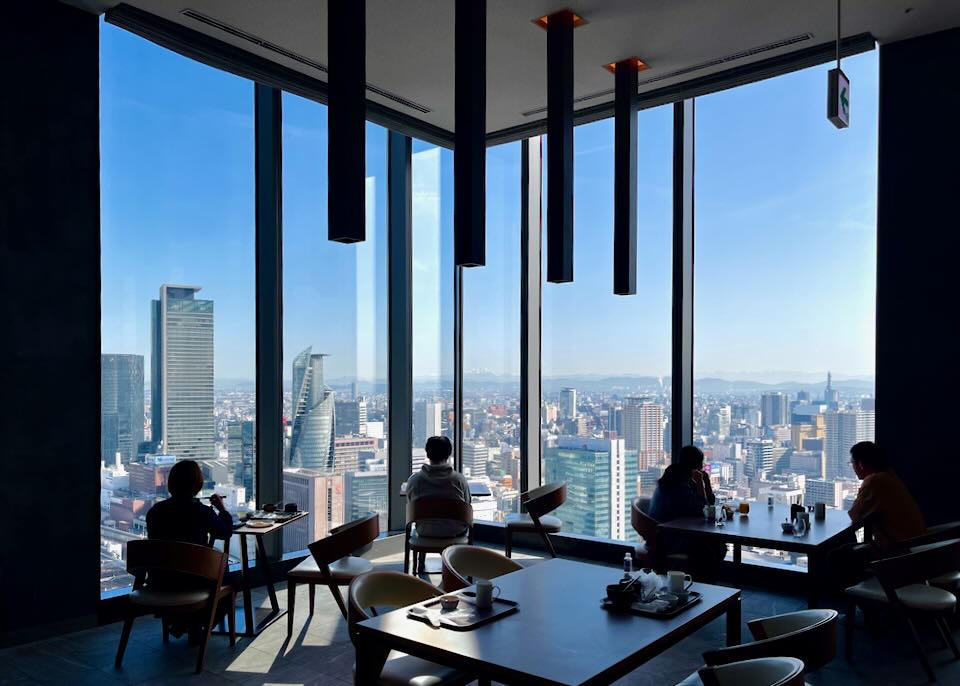
The view from Sky Dining TENKU at Prince Sky Tower. Slightly to the left is Mode Gakuen Spiral Towers and in the middle is snow-capped Mt. Ontake in the distance.
You’ll find the cheapest hotels west of the station, but these tend to be poor quality (for Japan), okay for a night or two only. Better options are listed below.
- The Best Hotels around Nagoya Station
Prince Sky Tower • Hotel phone: +81 52 565 1110
Nikko Style • Hotel phone: +81 52 211 8050
Mitsui Garden • Hotel phone: +81 52 587 1131
Marriott • Hotel phone: +81 52 587 1131- Best Cheap Hotels
Vessel • Hotel phone: +81 52 569 0011
Comfort Hotel • Hotel phone: +81 52 581 7211
APA Hotel • Hotel phone: +81 52 433 4011- Best Hostels
Glocal Backpackers • Hotel phone: +81 52 446 6694
Cafe & Guest House Nagonoya • Hotel phone: +81 52 551 68002. Downtown Nagoya: Fushimi & Sakae
The Main Tower Keep at Nagoya Castle.
Nagoya’s traditional downtown lies about a mile east of the station, where busy Sakae offers shops, restaurants, and bars. The pleasant green strip of Hisaya Odori Park runs north–south through the middle of the district, acting as a central hub and lined with restaurants and outdoor cafes, especially around the iconic Nagoya TV Tower (officially “Chubu Electric Power MIRAI TOWER” since 2021). The tower is 590ft (180m) high, with two observation decks (indoor Sky Deck at 295ft/90m and outdoor Sky Balcony at 328ft/100m). You can even stay the night at the stylish Tower Hotel and sip beers at the British pub, HUB Grampus.
Nearby stands the bizarre Oasis 21 complex, a shopping mall with a glass-roof water feature known as “Spaceship-Aqua” that lights up at night. Adjacent is the Aichi Prefectural Museum of Art, with a small but high-quality collection of Japanese and Western paintings. On the western side of the park is the Sunshine Sakae mall, topped with the Sky Boat Ferris wheel offering more panoramic views.
In between Sakae and Nagoya Station is Fushimi, home of the Nagoya City Science Museum (with one of the world’s biggest planetariums) and Nagoya City Museum of Art (designed by celebrated architect Kisho Kurokawa), both in Shirakawa Park.
North of Downtown is Nagoya Castle, the city’s main attraction, a vast complex surrounded by gardens and massive stone walls (Japan’s second-biggest castle after Osaka). Shogun Tokugawa Ieyasu began construction in 1610, but the whole thing was flattened by bombs in 1945. The castle tower was rebuilt in the 1950s (replete with golden fish-like creatures on top, known as “kinshachi”), but the ornate shogun’s residence, Hommaru Palace, was just completed in 2018. The palace is now a significant draw thanks to the meticulously recreated panel paintings in its Jorakuden Hall. You’ll also see the “Nagoya Omotenashi Bushotai” here, costumed actors dressed as real samurai and historical figures like Tokugawa.
Downtown is a convenient base with many mid-range and cheaper hotels, though the latter can be poor value – exceptions noted below.
- The Best Hotels in Downtown Nagoya: Fushimi & Sakae
The Tower • Hotel phone: +81 52 953 4450
Courtyard by Marriott • Hotel phone: +81 52 228 2220
Hilton • Hotel phone: +81 52 212 1111
Tokyu • Hotel phone: +81 52 251 2411- Best Cheap Hotels
Lamp Light Books • Hotel phone: +81 52 231 7011
androoms • Hotel phone: +81 52 959 3211
Nishitetsu Hotel Croom • Hotel phone: +81 52 963 59593. Osu and Kanayama
Alice on Wednesday, an Alice in Wonderland themed store, is one of many unique shops in the Osu Shopping District.
South of Downtown lies Osu, Nagoya’s hip shopping district and a magnet for “otaku,” fans of electronics, anime, manga, and cosplay. The World Cosplay Summit Parade is held here every August. The Osu Shopping District, centered on covered Banshoji-dori and parallel Niomon Dori, contains over 1,200 shops and restaurants, from electronics to vintage clothing stores.
The modern Bansho-ji temple.
Just off the main strip is Osu Kannon, one of the city’s most important Buddhist temples (moved here in 1612 and reconstructed in the 1970s). Also here is Bansho-ji temple, built by Oda Nobuhide (the father of famous warlord Oda Nobunaga). Bansho-ji temple looks like a fancy store from the outside with a giant LED light display and two “Karakuri” mechanical dolls portraying historical scenes from the life of Nobunaga. At Osu Kannon, there’s an antique market held on the 18th and 28th of each month. Further south lies Kanayama, anchored by Kanayama Station, a central transportation hub, and several good hotels.
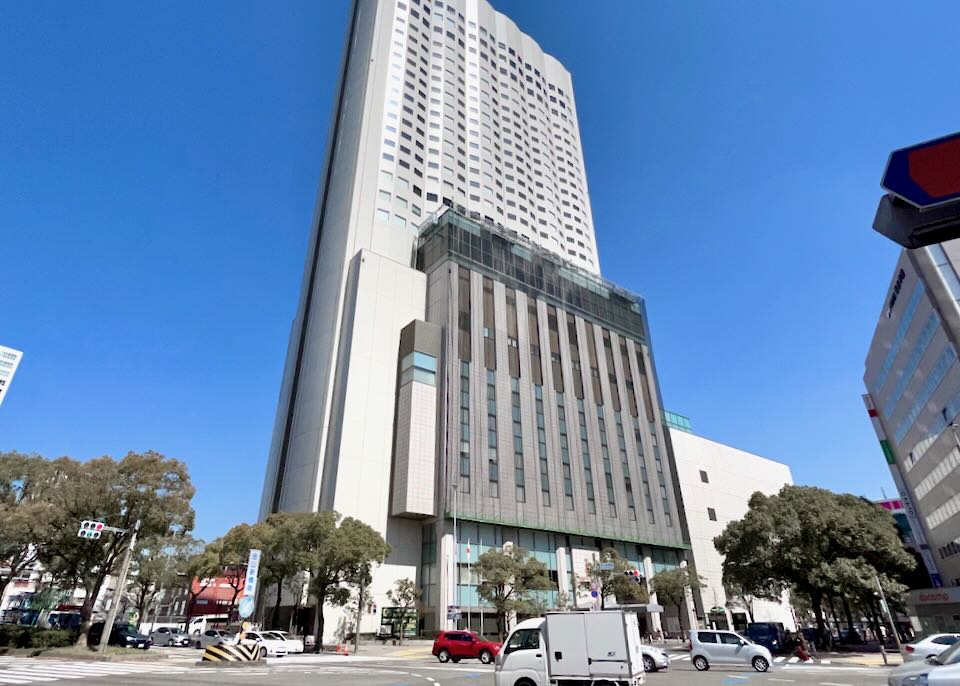
The ANA Crowne Plaza Hotel Grand Court.
You’ll find excellent hostels and budget hotels in these neighborhoods.
- The Best Hotels in Osu & Kanayama
GOLD STAY • Hotel phone: +81 52 331 0010
Grand Base
Crowne Plaza • Hotel phone: +81 52 683 4111- Best Hostels
Guesthouse Yoruyonaka • Hotel phone: +81 52 720 4572
Trip & Sleep • Hotel phone: +81 52 211 7027
The Three Smiles • Hotel phone: +81 52 684 4441
Nico • Hotel phone: +81 52 253 86254. Atsuta: Southern Nagoya
Atsuta Shrine.
The main attraction in southern Nagoya, some 4 miles (6km) south of Nagoya Station, is Atsuta Shrine, one of Japan’s most important Shinto temples (second in importance after the Ise Grand Shrine). The shrine is primarily dedicated to “Atsuta-no-Ōkami.” The sacred sword, also known as the Kusanagi Sword, is thought to be a gift from Amaterasu Ōmikami, the Shinto goddess of the sun. It’s one of three Imperial Regalia of Japan and is still kept there, though no one is allowed to see it.
The temple sits in a tranquil wooded park that includes a teahouse and a couple of museums, ancient camphor trees, and some excellent traditional restaurants (Atsuta Horaiken Jingu is famous for eel or “unagi,” and Miya Kishimen for delicious “kishimen” or flat udon noodles). The shrine is said to have been established around 2,000 years ago (in 113 AD), with its buildings rebuilt many times, most recently in the 1950s after World War II bomb damage.
- There are no decent hotels down here, but the shrine is relatively easy to visit by train to Jingu-Mae Station (JR trains) and by subway to Atsuta and Temma-cho subway stations.
5. Arimatsu
traditional Japanese black and white homes.
Arimatsu is about 9 miles (15km) southeast of Nagoya Station and the most atmospheric of Nagoya’s suburbs. It’s an easy express train ride there. Well-preserved traditional Japanese homes and structures (all black and white wood, with hardly any modern development) line the main street near the train station. There are a few tasteful shops, restaurants, and ryokans (traditional inns) here, and the small Arimatsu Narumi Shibori Tie-Dyeing Museum celebrates the local tie-dyeing industry (“Arimatsu Shibori”), which began in 1608 when the village was founded.
- It’s not worth staying in Arimatsu if you want to explore Nagoya, but Guesthouse Mado is a good choice if you’d like to soak up the atmosphere and get off the beaten path.
6. Eastern Nagoya (Higashi and around)
Futaba Museum, the former home of geisha Sada Yacco (aka Kawakami Sadayakko), the “first Japanese actress.”
Nagoya’s Higashi (east) district is primarily residential and home to numerous historical buildings brought together by the local authorities in what is called the “Bunka No Michi” (“Cultural Path”). In spring, beautiful cherry blossoms line the street, and many Western-style homes and mansions open as museums. Highlights include the Futaba Museum, the ornate former home of geisha Sada Yacco (aka Kawakami Sadayakko), the “first Japanese actress,” Shumokukan, the Japanese-style home of ceramic exporter Tamesaburo Imoto, the grand Former Residence of Sasuke Toyoda (brother of the Toyota founder), and the wooden Chikaramachi Catholic Church, established in 1888 by French Catholic missionaries.
Cherry blossom trees in the garden at Tokugawa Art Museum.
The area’s major attraction is the Tokugawa Art Museum, a stylish gallery in another blossom-filled park containing over 12,000 historic artifacts donated by the former overlords of Nagoya, the Owari Tokugawa clan. On display is everything from 17th-century scroll paintings to samurai swords. It’s all beautifully presented, and there’s a section on the precious 12th-century Tale of Genji scrolls owned by the museum, though only replicas are usually displayed. The museum occupies the site of the old Owari Tokugawa mansion – like much of central Nagoya, it was destroyed in World War II.
To the southeast, the Kakuozan area is best known for the Kakuozan Nittaiji Temple, a Thai-Japanese Buddhist institution founded in 1904. It’s a large complex with a striking five-storied pagoda and Thai-style stupa housing what is believed to be ashes of the historical Buddha, donated by the Thai King Chulalongkorn.
Nearby, the 1930s villa known as Yōki-sō is open as a museum, showcasing the blend of Western and Japanese décor popular in the early 20th century. The area also features a major Shinto shrine, the Shiroyama Hachimangu, and further south, the Tōgan-ji, a local Buddhist temple with a beautiful, giant green Buddha statue surrounded by carved animal figures.
Ryoguchiya Koekiyo, a famous Nagoya confectioner and cake-maker, in Higashiyama.
Keep heading east, and you’ll reach the Higashiyama Zoo and Botanical Gardens. It’s a vast green park at the city’s eastern edge containing a popular zoo and the Higashiyama Sky Tower, offering sensational views of the city and mountains.
- The Vantelin Dome Nagoya is home to the fanatically supported Chunichi Dragons baseball team.
- There are some hotels out here, but it’s not worth staying so far from the city center – make a half-day trip from elsewhere.
7. Port District
Legoland Japan!
Around 5.5 miles (9km) south of Nagoya Station and Downtown, the city finally meets the sea at the vast Nagoya Port district. Though this part of the city remains primarily a working port and industrial area, Legoland Japan theme park and Nagoya Aquarium are worth checking out, especially for families.
The first area, furthest south (but connected to the city via Kinjofuto Station), is Legoland Japan theme park. It’s surrounded by touristy but fun restaurants and shops at Maker’s Pier and Sea Life small aquarium. Nearby, the SCMaglev and Railway Park is a must-see for train enthusiasts, with giant warehouses crammed with Japanese trains from the last 100 years. From here, you’ll have a good view of the cable-stayed Meiko-Chuo Bridge, part of an impressive chain of bridges that take the E1A highway around the south of Nagoya.
The second area is the Port of Nagoya Aquarium, accessed via the Nagoyako subway station. The Aquarium is home to killer whales, dolphins, Beluga whales, and thousands of other sea creatures. Nearby, the Nagoya Port Building contains a small museum on maritime history and another high observation deck. There’s also the Antarctic Museum and Former Research Ship Fuji, docked in the harbor. Fuji was Japan’s first icebreaker and Antarctic research ship in the 1960s.
It’s easiest to take a taxi between the two areas (Legoland and Port of Nagoya Aquarium) to avoid heading back into the city to change trains.
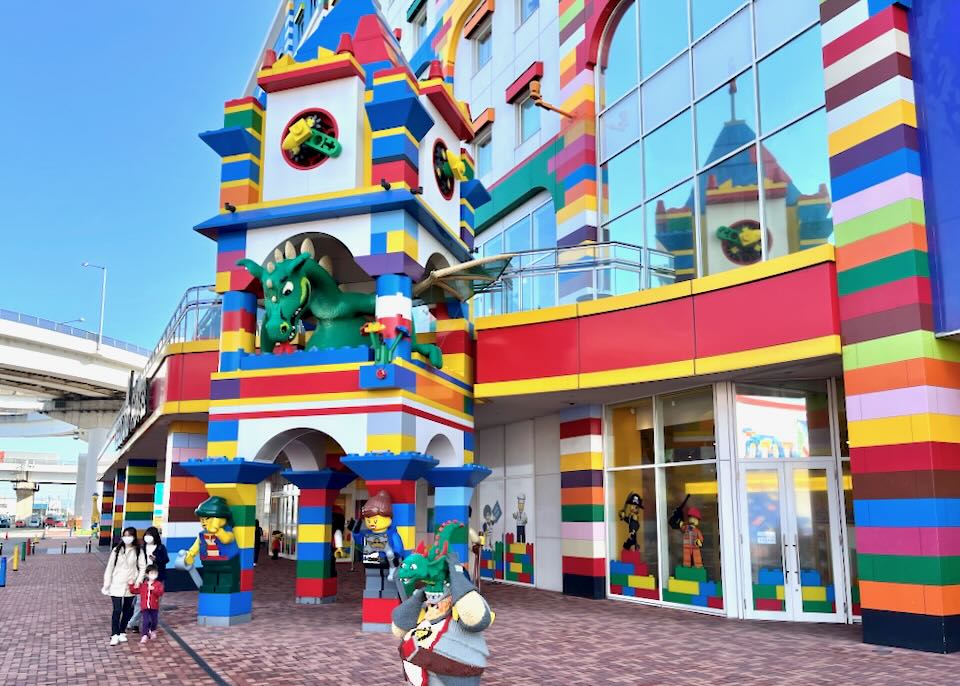
The entrance to LEGOLAND Japan Hotel.
- This area is best visited as a day trip from the city center. However, for those visiting Legoland, the LEGOLAND Japan Hotel next to the theme park is good fun for families (and also convenient for the SCMaglev and Railway Park).
Nagoya with More Time
We’ve covered our favorite neighborhoods to visit and stay in more detail above, but with more time, Nagoya makes an excellent base to explore the surrounding attractions of Aichi Prefecture: Inuyama Castle, Little World (an open-air museum with traditional houses and structures from all over the world), the ancient pottery town of Tokoname, rustic Himakajima island, and Meiji Mura, another open-air museum preserving Meiji-era buildings (including the facade of the Imperial Hotel, designed by Frank Lloyd Wright). You can also visit historic Gifu, famed for its traditional cormorant fishing (ukai).
History buffs may want to explore Nakamura (West Nagoya), said to be the birthplace of warlord Toyotomi Hideyoshi and famed warrior Kato Kiyomasa, one of the “Seven Spears of Shizugatake.” The Toyokuni Shrine in Nakamura Park is dedicated to Hideyoshi, while the nearby Nagoya City Hideyoshi Kiyomasa Memorial Hall is a free museum celebrating the lives of both heroes.
Nagoya Travel Tips
- Chubu Centrair International Airport (aka Centrair) is the closest airport to Nagoya. Built on an artificial island in Ise Bay, some 22 miles (35km) south of the city. The Aichi Sky Expo convention center is also at the airport. Centrair serves Japanese domestic destinations and other cities in East Asia, but there are no direct flights from Europe or North America. The Meitetsu-Limited Express zips back and forth from Nagoya Station in 36 minutes. It also stops at Kanayama Station if you’re staying at the southern end of the city center. The best hotels here are the conveniently located Centrair Hotel or Four Points Chubu International Airport. TUBE Sq, a modern “capsule hotel,” is right inside the main terminal, adequate for a night’s sleep.
- Though most hotels and some shops and restaurants will have English speakers on hand, don’t assume anyone else will understand you. The staff at the main JR Ticket Office at Nagoya Station can usually communicate in basic English, and most signage in the station (and around the city) is translated into English, but try to learn a few words and numbers in Japanese if you can.
- Me~guru Nagoya Sightseeing Route Bus is one hassle-free alternative for seeing the main attractions in Nagoya. The route loop starts from Nagoya Station and includes the Toyota Museum, Nagoya Castle, the Tokugawa Art Museum, the Mirai Tower, and many other sights from Tuesday to Sunday (every 20–30 minutes). One-day passes are ¥500 or around US$4, a good deal (single rides ¥210).
- Cycling is quite popular in Nagoya. Cariteco Bike is the local bikeshare with docking stations all over the city center. One-day passes are ¥1,650 (US$12–15). It is mandatory for all cyclists to wear a helmet in Nagoya. Pedestrians should take care – in Japan, bicycles often share the sidewalk with pedestrians (though this is only legal where different lanes are marked).
- Free Wi-Fi is available at hotspots all over the city (thanks to nagoya-freewifi.com), as well as in restaurants, café and bars.
- You’ll find helpful Nagoya Tourist Information Centers (with English speakers) at Nagoya Station (in the central concourse), Oasis 21, and Kanayama Station (North Exit). For more information, see Nagoya Concierge, or check out Nagoya is Not Boring for excellent city guided tours in English.
Read More
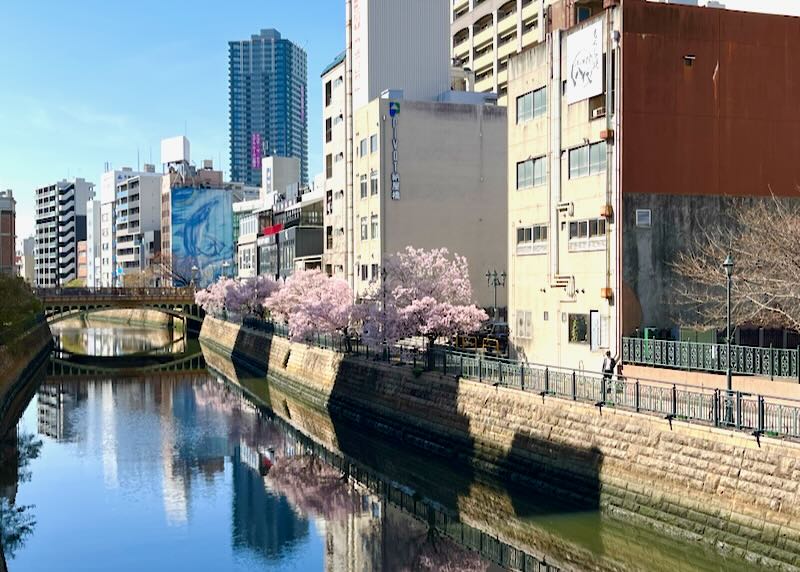
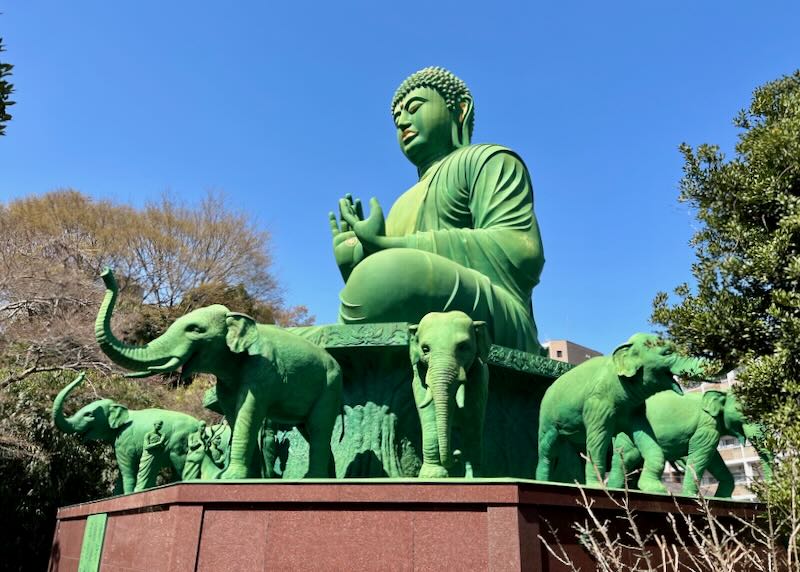
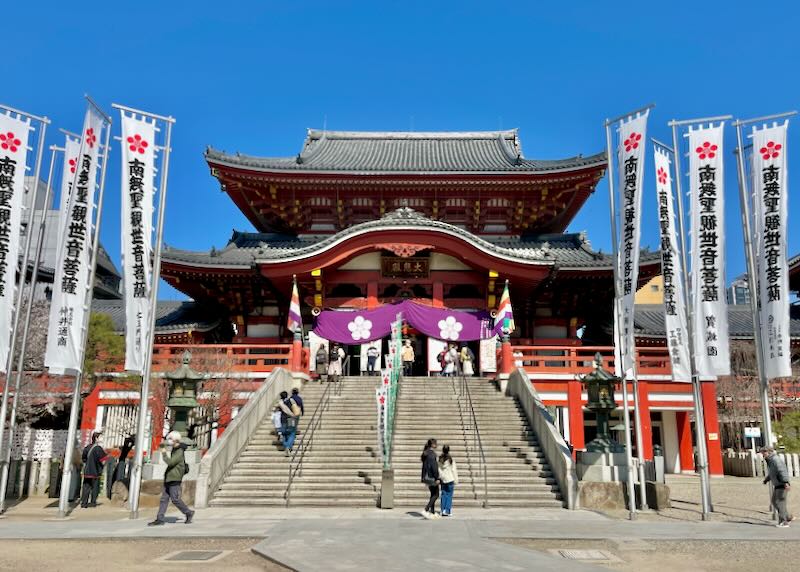
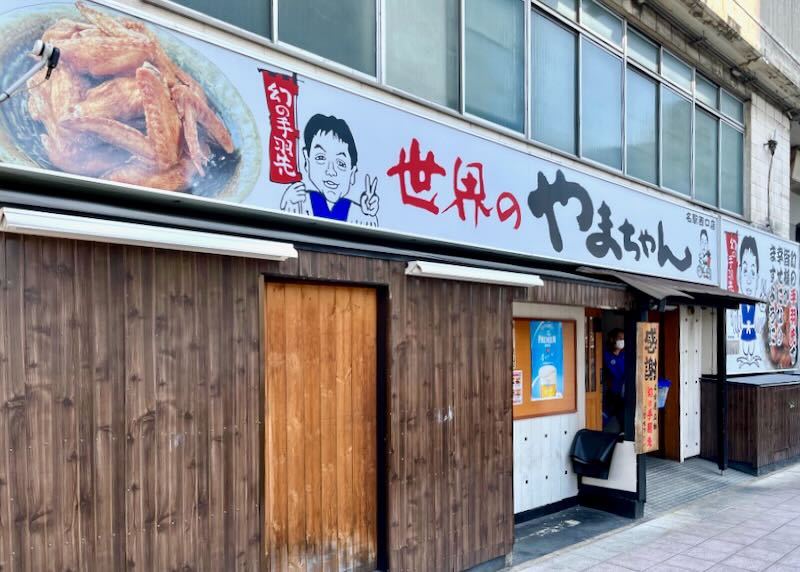
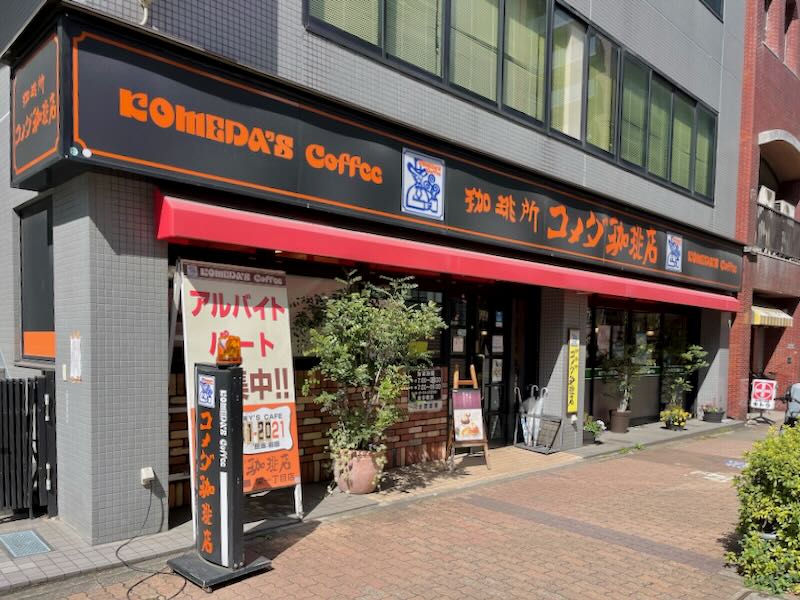
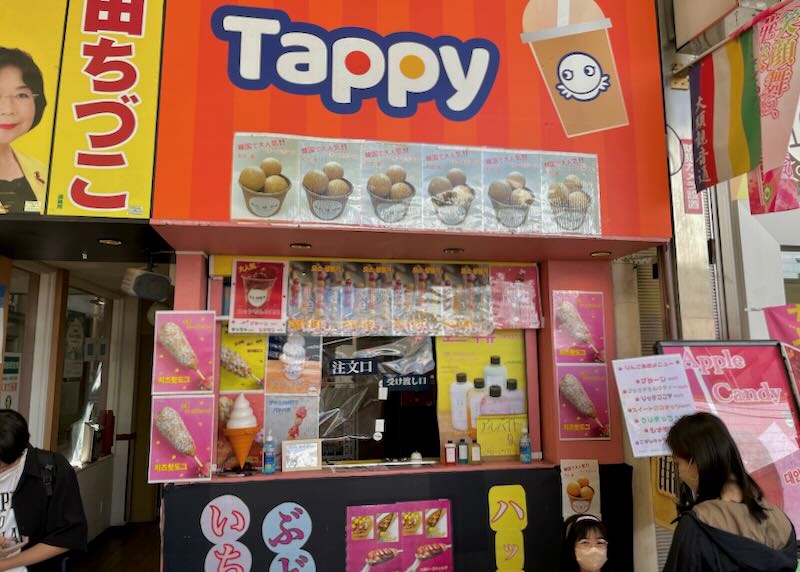
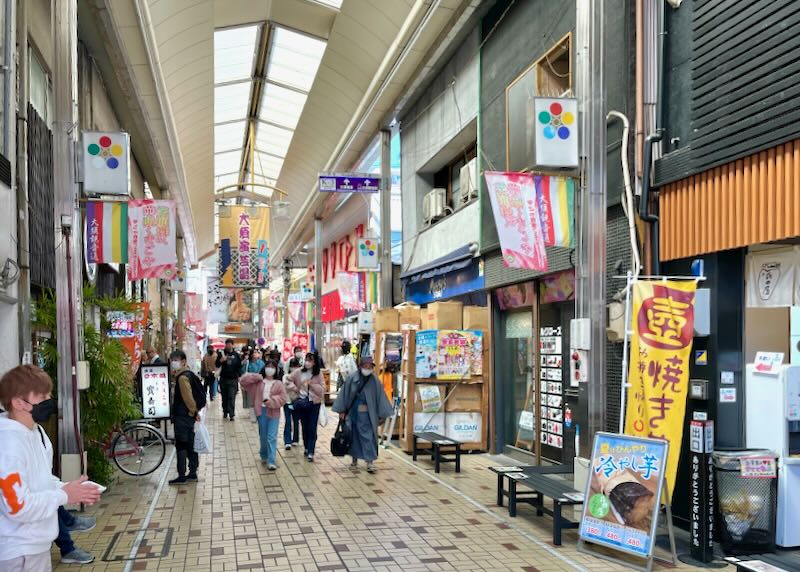
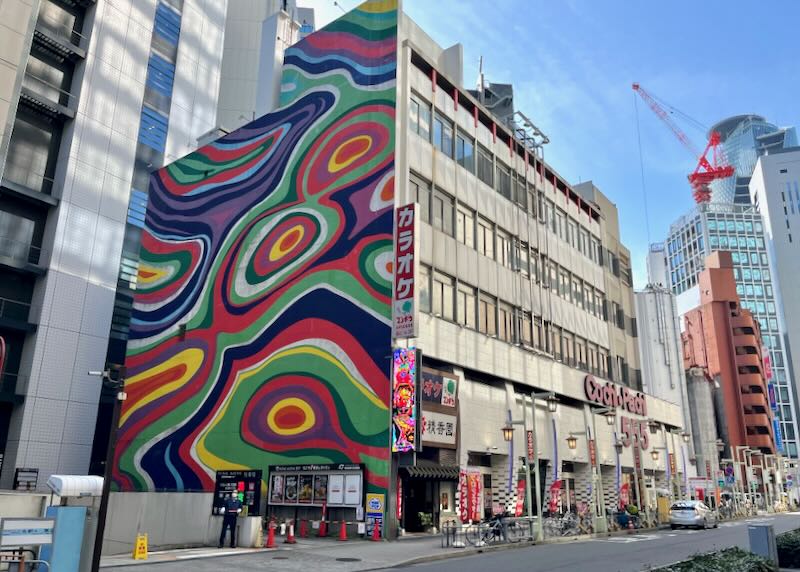
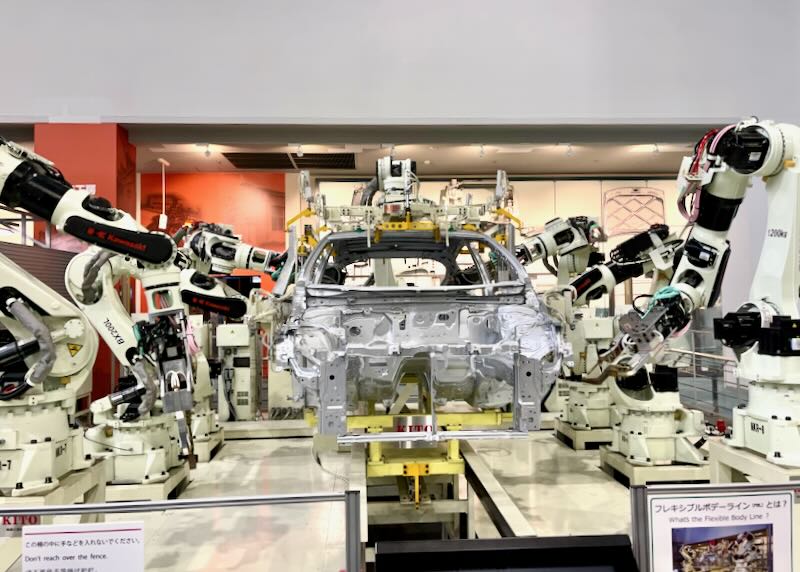

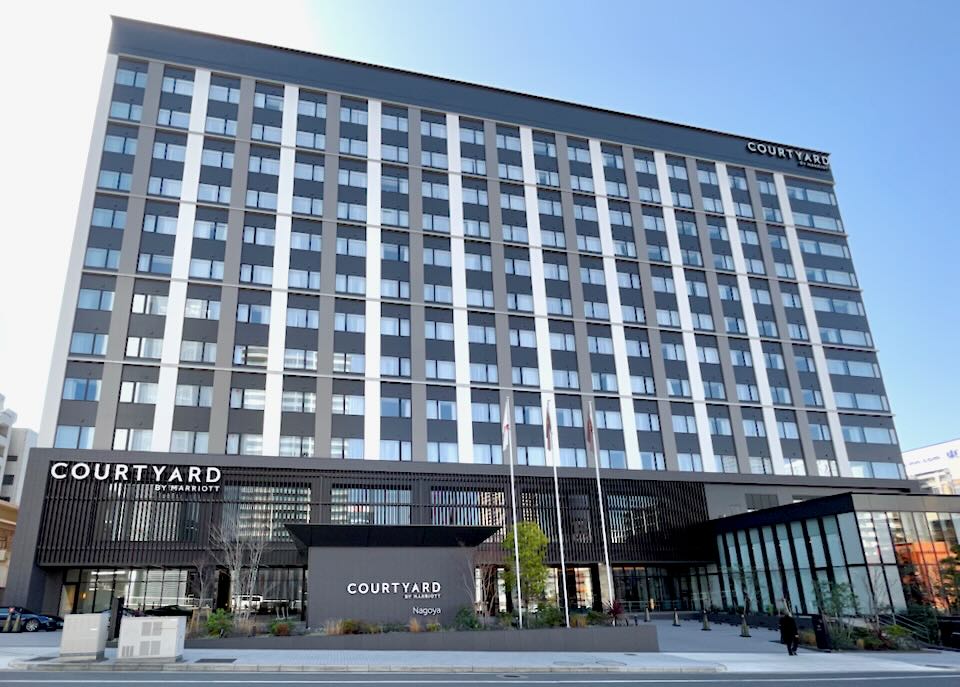
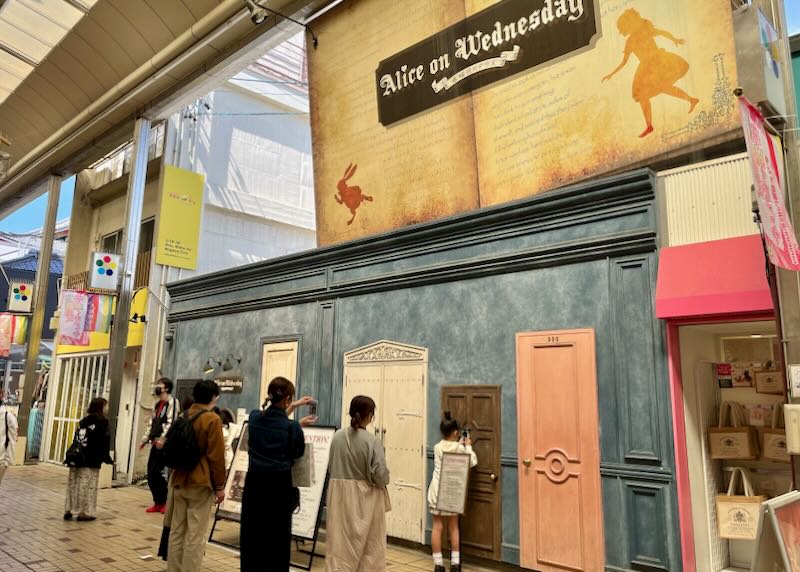
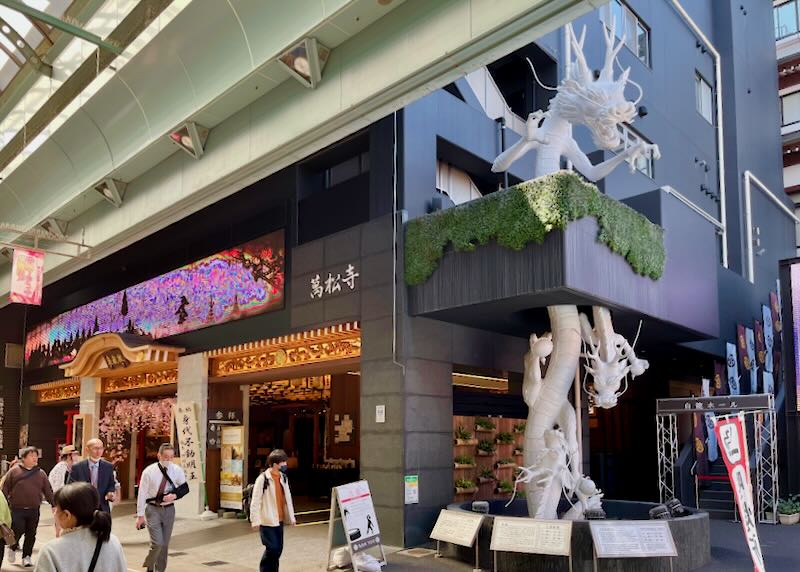
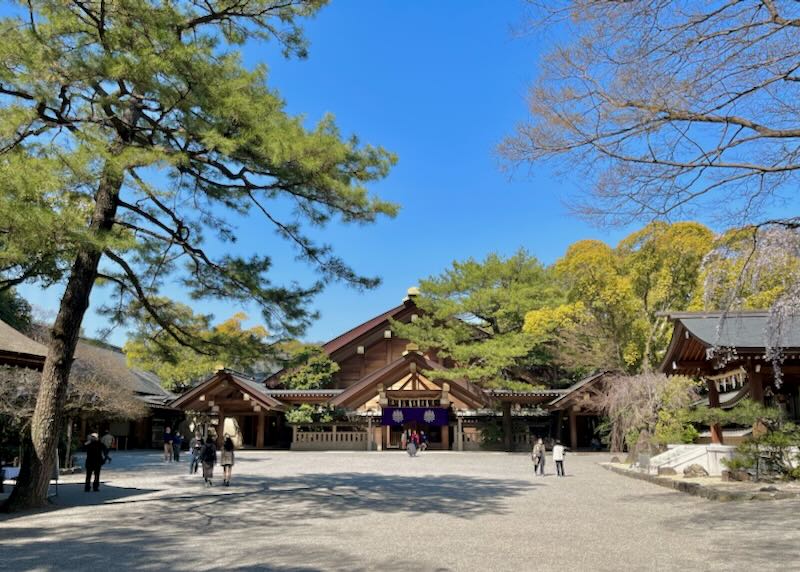
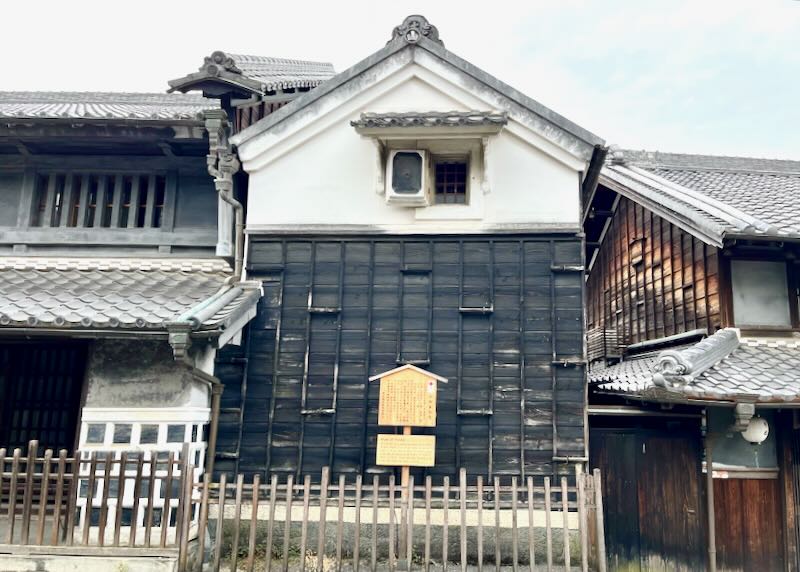
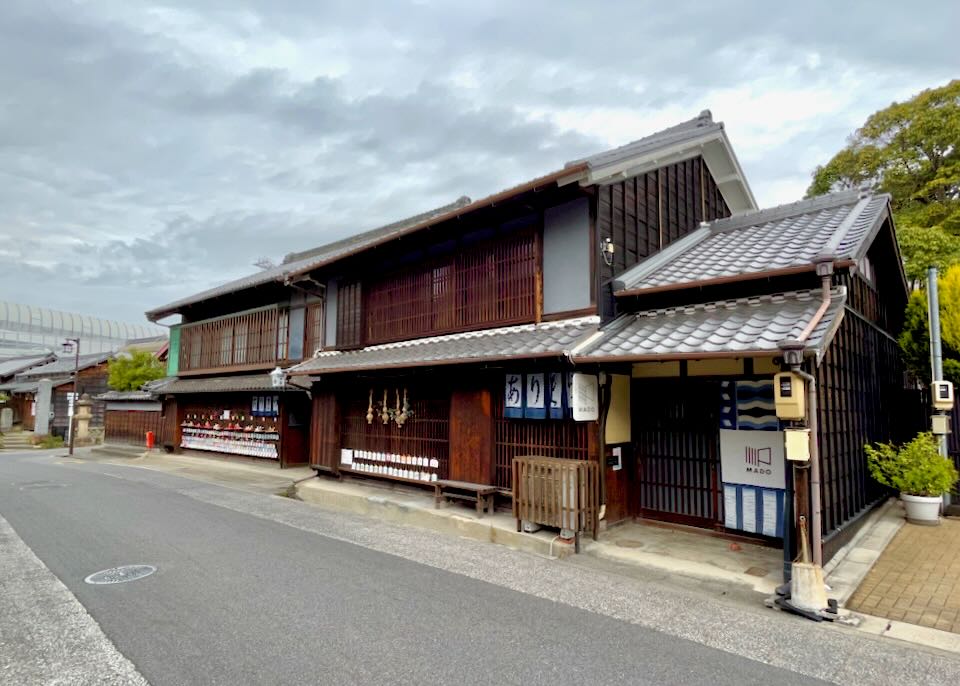
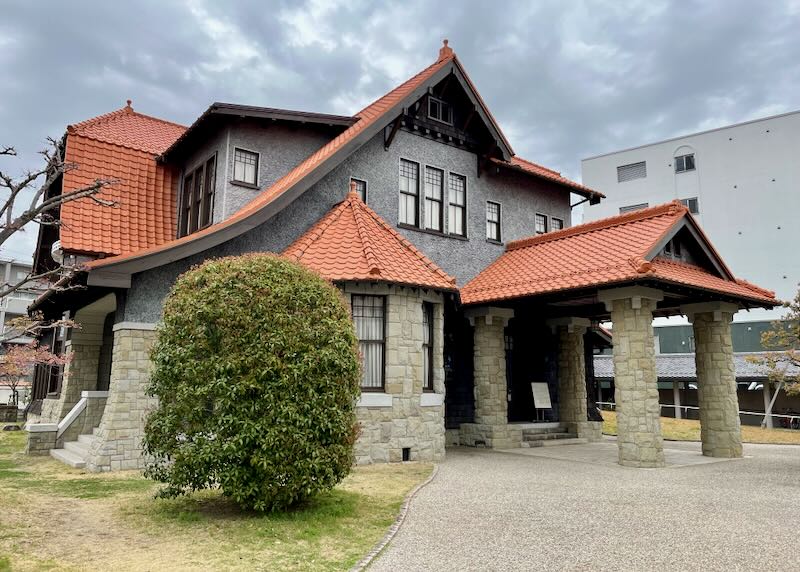
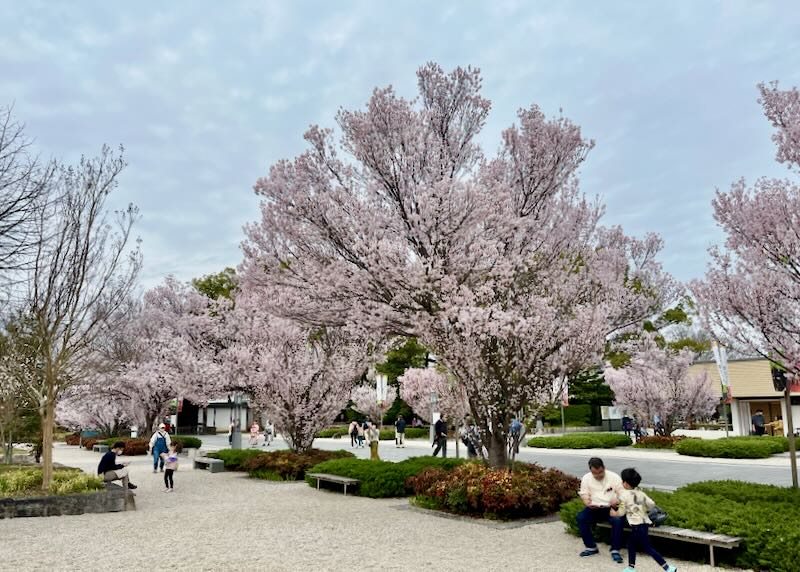
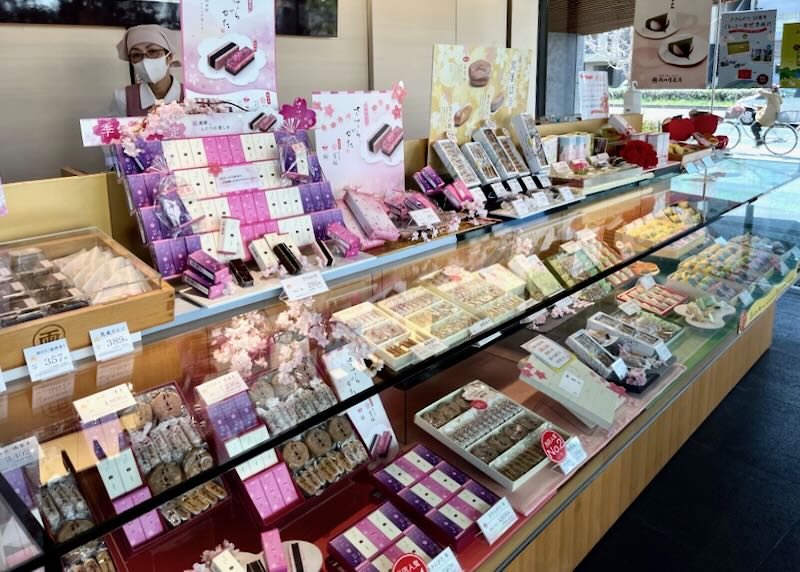
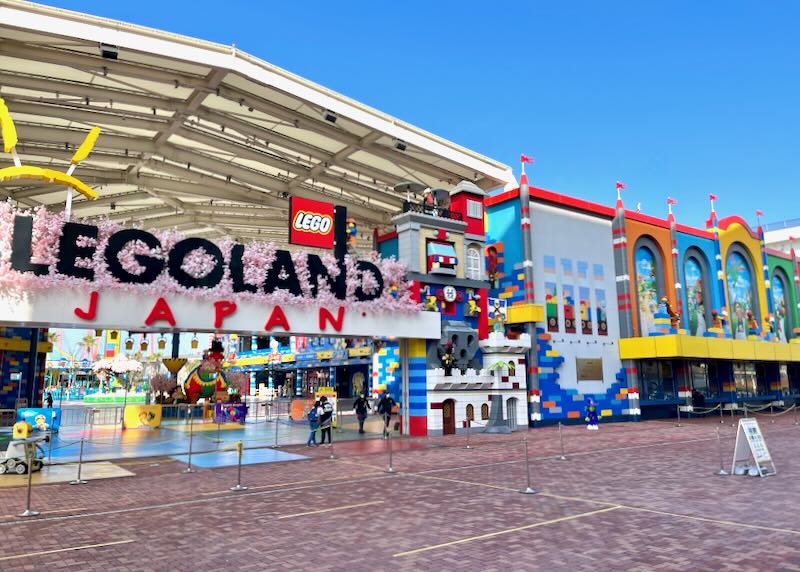
About Santorini Dave